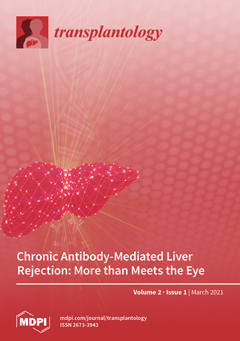The use of tacrolimus (Tac) may be involved in the development of new-onset diabetes after transplantation (NODAT) in a dose-related manner. This study aimed to evaluate the effects of a standard twice-daily formulation of Tac (TacBID) vs. the once-daily slow-release formulation (TacOD) on the basal insulin resistance indexes (Homa and McAuley), and related metabolic parameters, in a cohort of kidney transplant patients. We retrospectively evaluated 20 stable renal transplant recipients who were switched from TacBID to TacOD. Blood levels of Tac were analyzed at one-month intervals from 6 months before to 8 months after conversion. Moreover, Homa and McAuley indexes, C-peptide, insulin, HbA1c, uric acid, triglycerides, low-density lipoprotein (LDL) and high-density lipoprotein (HDL)-cholesterol serum levels and their associations with Tac levels were evaluated. We observed a significant decrease in Tac exposure (8.5 ± 2 ng/mL, CV 0.23 vs. 6.1 ± 1.9 ng/mL, CV 0.31, TacBID vs. TacOD periods,
p < 0.001) and no significant changes in Homa (1.42 ± 0.4 vs. 1.8 ± 0.7,
p > 0.05) and McAuley indexes (7.12 ± 1 vs. 7.58 ± 1.4,
p > 0.05). Similarly, blood levels of glucose, insulin, HbA1c, lipids, and uric acid were unchanged between the two periods, while C-peptide resulted significantly lower after conversion to TacOD. These data suggest that in kidney transplant recipients, reduced Tac exposure has no significant effects on basal insulin sensitivity indexes and metabolic parameters.
Full article




